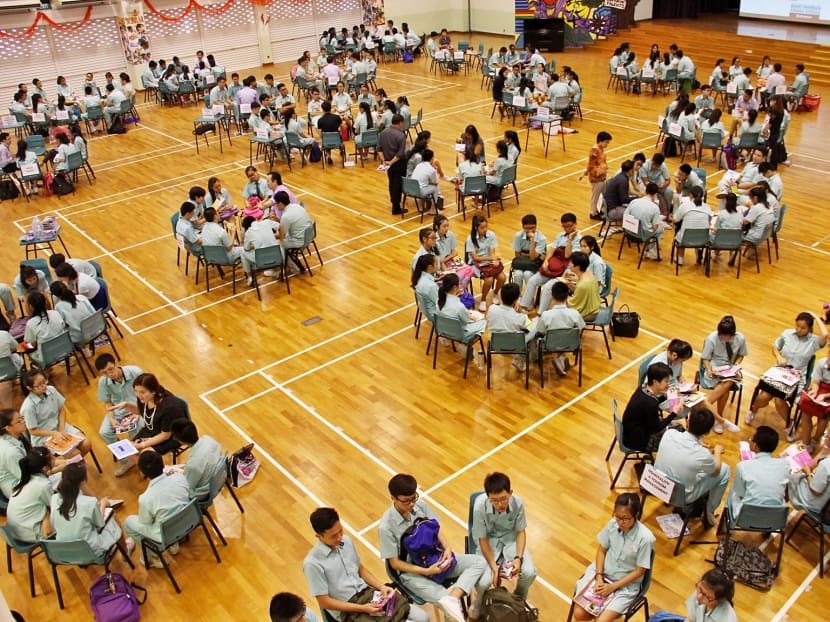Education the way forward to fight fake news
There is a significant increase in the number of people accessing news via social media, particularly with the younger population.
There is a significant increase in the number of people accessing news via social media, particularly with the younger population.
The increasing use of social media has meant that anyone can put out content due to the low cost and barrier to entry.
Social media’s promise of customising content to each reader’s habit, “what they want to see, when they want to see it”, has created a “filter bubble” (a term coined by Eli Pariser in 2010). In essence, it is an echo chamber where the reader would keep getting news feeds of what they want to read, and any opposing narrative is filtered out, so the confirmation bias gets stronger.
The definition of “fake news” is one that is fraught with difficulty. Was the content created to entertain, to misinform, to divide, to make money, or simply information that certain groups perceive as portraying them poorly?
Google and Facebook have been trying to respond to the challenges, while legislation has been proposed in several countries, Singapore included. However, the vague definition of “fake news” is a vexing one. Would it cover false advertising? Or information that causes harm to particular groups of society or the reputation of individuals?
To arresting the problem of online falsehoods, education has to play a big part.
Several countries have already started rolling out measures to use education as a way to combat misinformation.
Part of educational reforms announced by the Swedish government last year included teaching information literacy to students in Grades 7 to 9, while in the United Kingdom, some universities are offering free online courses and videos on how to spot fake news.
Even in Singapore, information literacy is being rolled out in various forms.
At Singapore Polytechnic, the compulsory module of General Education teaches students how to discern the reliability of articles that they read.
The education director of the Organisation for Economic Co-operation and Development (OECD) said last year that schools should teach students how to spot fake news. It is an ability to think critically, and also the ability to appreciate different perspectives.
The OECD’s Programme for International Student Assessment, which measures global competency in reading, mathematics and science, will also assess this new area for its 2018 test. Singapore had topped the 2017 ranking under the previous set of criteria.
Education is a long-term strategy. It cultivates future generations of critical thinkers which benefits our society in other ways beyond fighting fake news. It also helps one to embrace a diversity of ideas. This will, in turn, complement and further our future as a knowledge-driven economy.







